Why ecommerce website performance matters: Your go-to guide
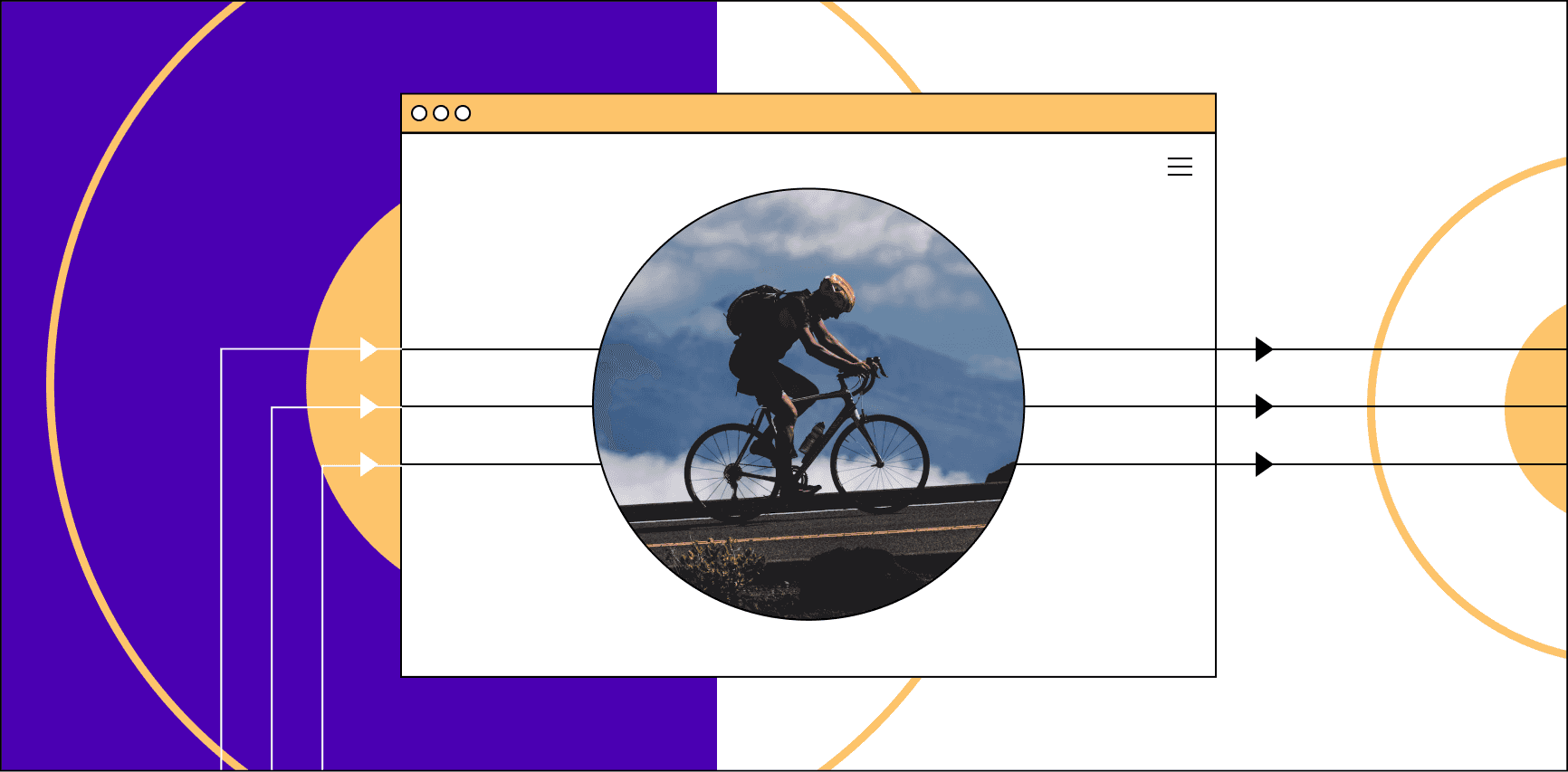
Here’s what we’ll cover:
Find out why performance mattersUnderstand how customers see performanceMeasure how your website is performingOptimize your website’s performanceChoose a host that prioritizes performanceA successful ecommerce business requires more than a great line of products and a website that’s easy on the eye. It may not be the first thing that comes to mind, but your website’s performance has a huge effect on your ecommerce store’s conversion rate.
Think of it this way, when a customer enters a brick-and-mortar store, they expect to have a pleasant shopping experience. If they struggle to open the store’s rickety door and then trip over a crumpled floor mat, that bad impression gives them a reason to take their business elsewhere.
Ecommerce customers have similar expectations, and their security concerns are often heightened.
Subconsciously or otherwise, visitors are measuring your online store’s performance in terms of speed, security measures, and ease of use. This presents one of the biggest ecommerce challenges your business will face.
If your ecommerce customers encounter problems adding items to their cart or they’re brought to a slow-loading checkout page that keeps crashing, they’ll likely try to find what they want on someone else’s website.
By optimizing your ecommerce website’s performance, you improve your customers’ experience and give them confidence that things won’t go wrong if they shop with you.
Why performance matters for ecommerce websites
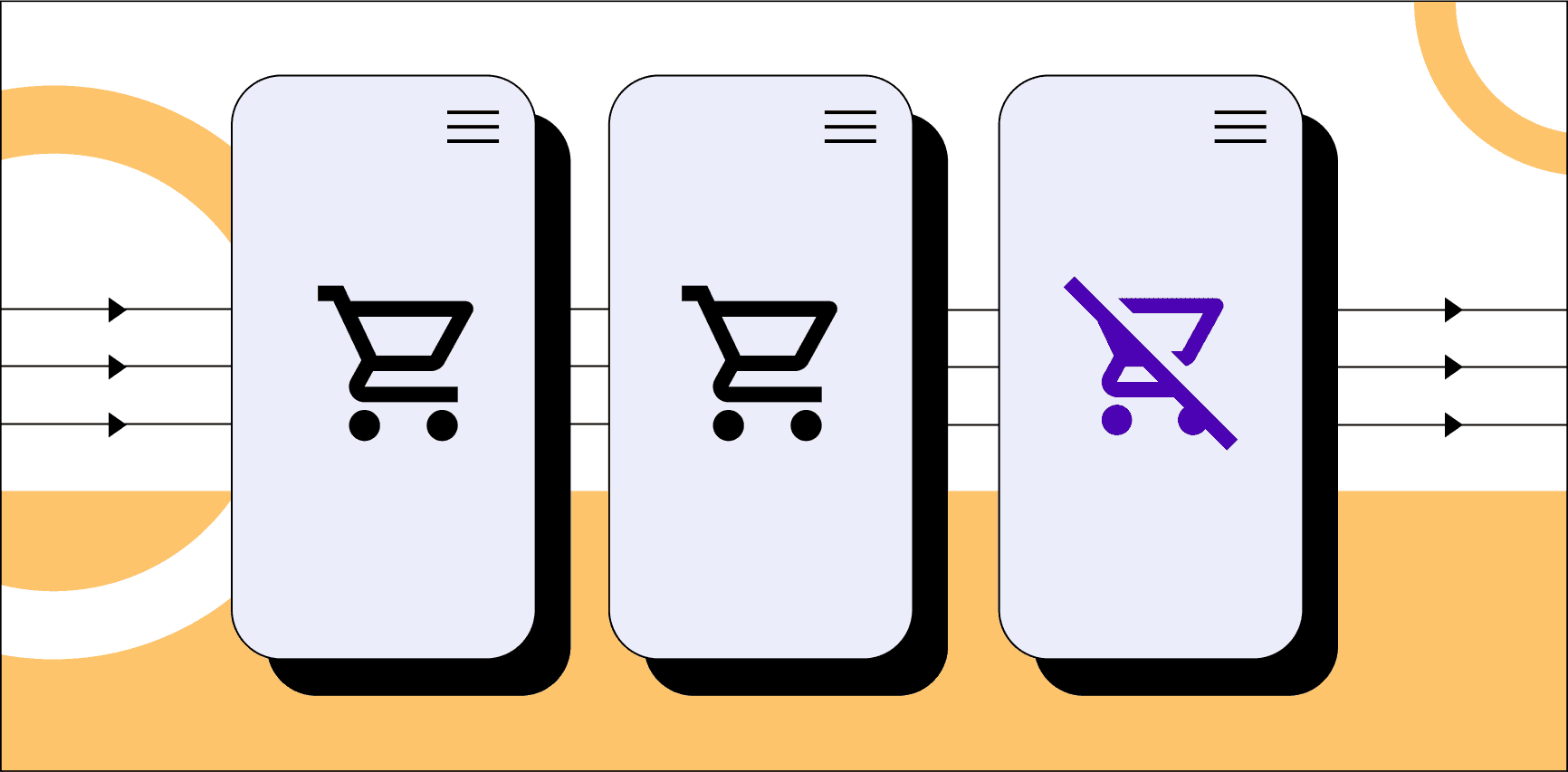
What is website performance?
In a nutshell, website performance is how fast a website loads with all of its front-end features like images and text correctly displayed and how fast user requests like form submissions and add to cart button requests are processed.
A good page load speed is important, but your ecommerce website’s performance also hinges on how quickly customers can view, interact, and receive responses from website features like product demo videos, shopping carts, and order forms.
If you’ve devoted considerable resources to making your website look and function great, it’s equally important to make sure below-average website speed isn’t hurting your bottom line.
Why is website performance important for ecommerce websites?
ConversionsWhether you’re more interested in wish list additions or Facebook shares, you shouldn’t gloss over the effect website performance has on conversions.
A recent study by Portent found that ecommerce websites that load in one second have conversion rates three times as high as websites that take five seconds to load.
When it comes to your sales and page views, seconds matter.
Bounce rateFor conversion rate optimization, you’ll need to look at other metrics, such as your website’s bounce rate.
Your bounce rate is the percentage of visits to your website where the user viewed only one page and then left your website.
If your homepage or landing page is slow to load, visitors might leave the website without ever seeing your product pages or the discounts you offer. High bounce rates are a common ecommerce problem.
Customer journeyMake your customers’ shopping experience a breeze by ensuring they can easily zip through the aisles of your digital store.
Good website performance is crucial for ecommerce stores’ customer retention. Users are put off by slow-loading pages and slow backend website responses, such as when they add products to their cart or attempt to check out.
If your website’s speed is falling behind other ecommerce stores, you’ve placed an obstacle in your customers’ path and given them a reason to shop elsewhere.
Optimizing your ecommerce website’s performance is the first step to fixing the most common challenges facing store operators today.
What are common ecommerce challenges?
Does ecommerce website performance affect cart abandonment?
For ecommerce store owners, cart abandonment is a grim prospect and a big ecommerce challenge. Cart abandonment is when a customer adds products to their cart but, for whatever reason, they don’t finish the purchase.
According to a Baymard Institute study on cart abandonment,
A further 18 percent opted out of an ecommerce purchase because they lacked trust that the website would use their credit card information safely.
Nearly all of us have hesitated to buy something from a sluggish ecommerce store for fear of something going wrong with our purchase. That poses a big challenge for ecommerce websites.
Think about it, if an ecommerce company can’t operate a reasonably fast website, who’s to say it doesn’t also cut corners on checkout security?
In contrast, a lightning-fast website gives peace of mind to ecommerce store visitors, making them more likely to part with their money.
Does ecommerce website performance affect search engine rankings?
Google evaluates your website performance as part of its search engine ranking algorithms. If you want your website to rank well with search engine optimization (SEO), make sure it isn’t slow off the starting line.
How customers evaluate your ecommerce website’s performance
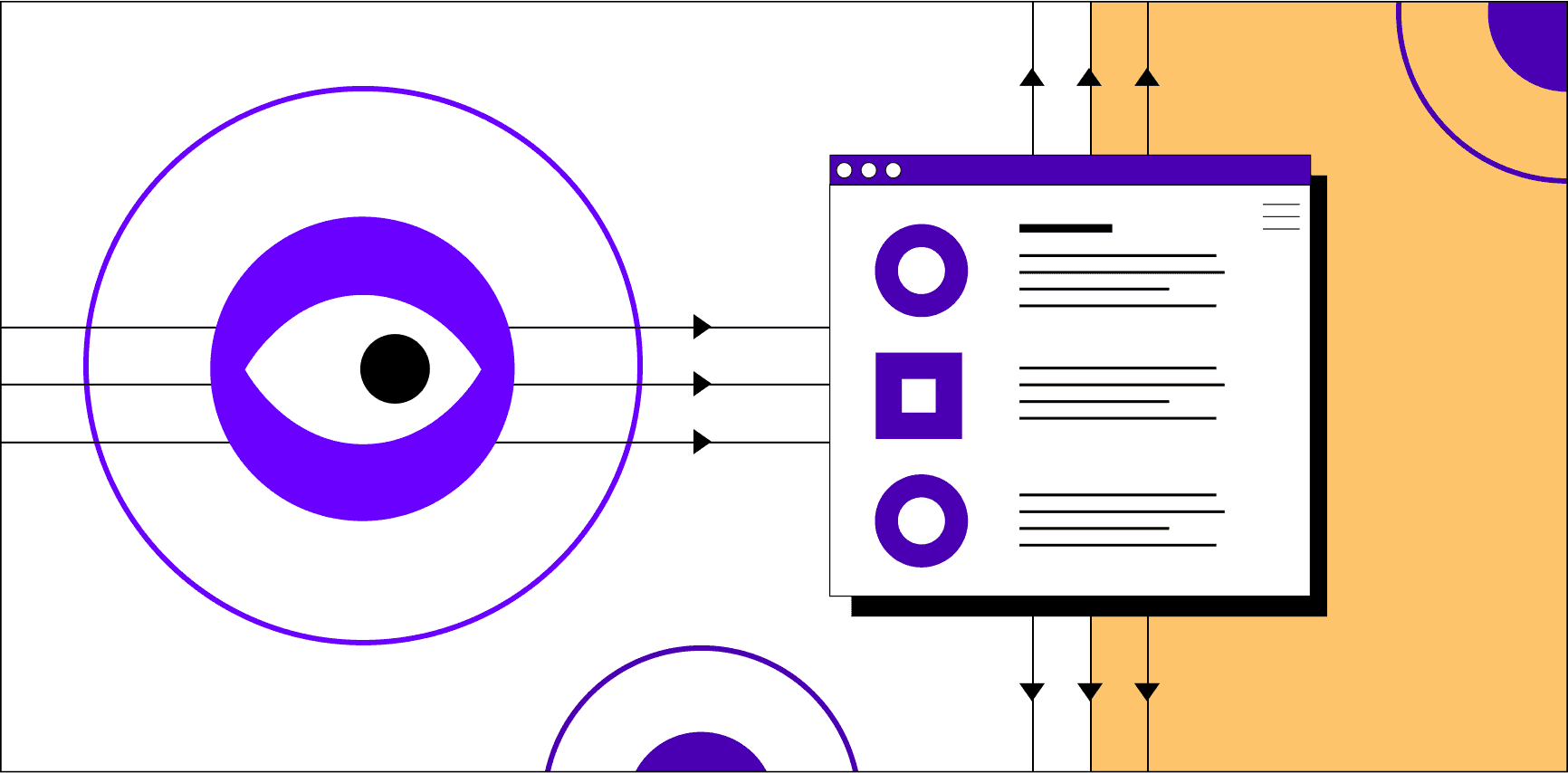
Site speed
If your customers get impatient with the slow speed of your website, they’ll seek out similar offerings at other ecommerce stores.
Whatever ecommerce platform you use, make sure all your storefront’s customer-facing elements are quick to load.
Security
It’s easy for website owners to focus on traffic metrics and forget that security is a major ecommerce challenge. Many shoppers won’t even consider browsing your product range without first confirming that their personal details and credit card information are secure. If visitors don’t see a lock icon in their browser’s address bar confirming that your website has a Secure Sockets Layer (SSL) certificate, they’ll be anxious about information security.
To avoid that, make sure your web host takes security seriously. Nexcess offers SSL and Secure Shell (SSH) certificates on hosting plans, and as a PCI-compliant host, your customers can shop knowing their payment information is secure.
If you’ve ever had problems adding items to your online cart, you know how frustrating it can be. It’s like being at the grocery store and not being able to reach your favorite food on the top shelf.
At best, add to cart button problems reduce your customer’s order value. At worst, you lose a sale and the potential future revenue of a loyal customer. To address this part of ecommerce website performance, make sure all your plugins and themes are in good working order to reduce backend performance demands and reduce errors.
Ease of checkout
If a customer experiences technical difficulties at the all-important checkout page, they’ll hesitate to finish the purchase — that’s if they can even get to that stage.
Unfortunately, checkout issues can live long in the memory of customers, and it’s easy to see why. Your customers expect the hardest part of shopping online to be deciding on the right product, not confronting a checkout page that refuses to budge. With WooCommerce Automated Testing, Nexcess customers can be proactive about cart or checkout problems and correct them before customers encounter issues.
Navigation
If customers can easily navigate all the parts of your website, you’ll have a better chance of converting and retaining them. Even if your ecommerce website looks stunning, it’s a good idea to perform UX tests. It’s important to make sure customers get what they want with minimal hassle. Customer experience should be tested on desktop and mobile devices to ensure there are no lag or visibility issues.
Product comparisons
A product comparison tool lets your customers easily compare products at a glance. This helps replicate one of the benefits of in-person shopping.
Many ecommerce stores now have this feature, so if your website doesn’t, your customers might get the feeling that something is missing. What’s more, if your customers have to switch browser tabs to view different products before deciding what to buy, their attention will be drawn away from your store and its products.
How ecommerce website performance is measured
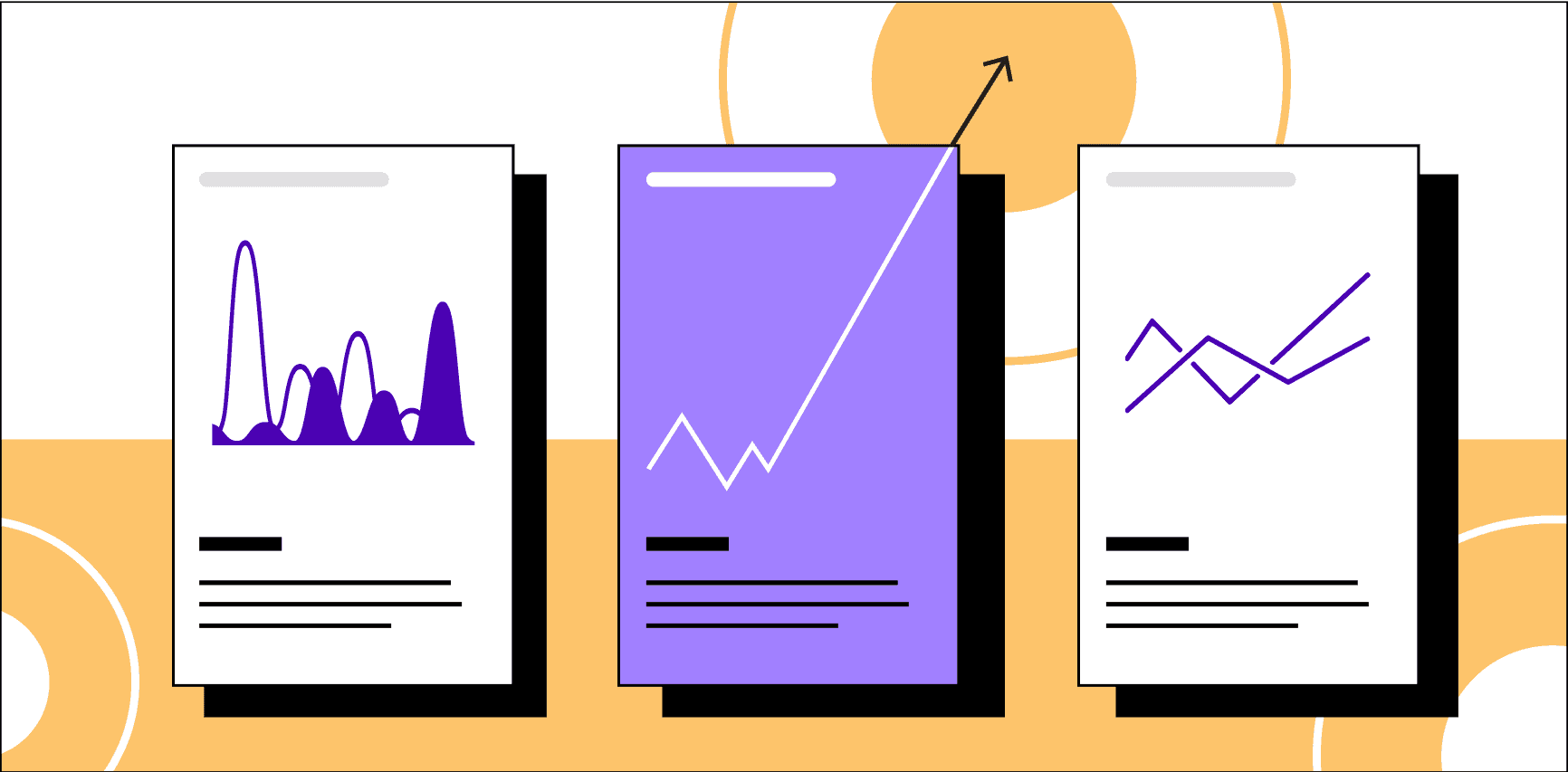
Several metrics can be used to measure your ecommerce website’s performance, such as page load time and server response time.
Another useful performance benchmark is website speed, also called site speed, which measures how fast your pages load, how quickly interactive features respond, and more.
Page load time
Your page load time tells you how fast all the elements of your website (e.g., images, videos, HTML, Javascript, and CSS) load on a visitor’s browser.
Just like with a physical storefront, initial impressions matter for ecommerce pages. If potential customers leave your store before your landing page even loads, the nifty features of your website won’t get their opportunity to impress.
Server response time
Measured in milliseconds, this is the time required for your server to respond to a website visitor’s HTTP request. In previous updates, Google has said that server response time can affect your search engine results page (SERP), so it is important to choose a host with a fast server response time.
If you’re on a shared hosting plan, you’ll likely be sharing server resources with many other websites. This can end up being a problem for ecommerce websites.
Depending on your host’s server configuration, if one of these websites gets a huge spike in traffic, your server response time could suffer.
Even with basic managed hosting plans, Nexcess uses autoscaling to deal with such traffic spikes as they arise.
For even more power, Nexcess enterprise hosting lets you reap the performance benefits of dedicated servers.
Performance tests for ecommerce websites
Many tools can help you accurately measure your website’s performance based on current user expectations.
For example, you can run simple speed tests with the help of trusted firms, such as Pingdom, to find out how many milliseconds a website takes to load.
Pingdom lets you conduct performance tests from multiple geographical locations to see how your website fares for far-off visitors.
Google’s PageSpeed Insights provides an easy-to-follow scoring system for how your website measures up. You can track user experience on both mobile phones and personal computers, which is a useful feature.
And a Google Analytics Site Speed report gives you an idea of how your website fares based on Google’s closely watched metrics.
Some performance issues are harder to pinpoint, and they may only affect certain parts of a website. If your web host lives and breathes ecommerce, they will help find solutions to ecommerce problems before you even become aware of the problem.
The WooCommerce Automated Testing tool takes a thorough look under the hood to detect issues such as slow-loading products and cart and login problems. It’s available exclusively with Nexcess hosting.
How to optimize ecommerce website performance
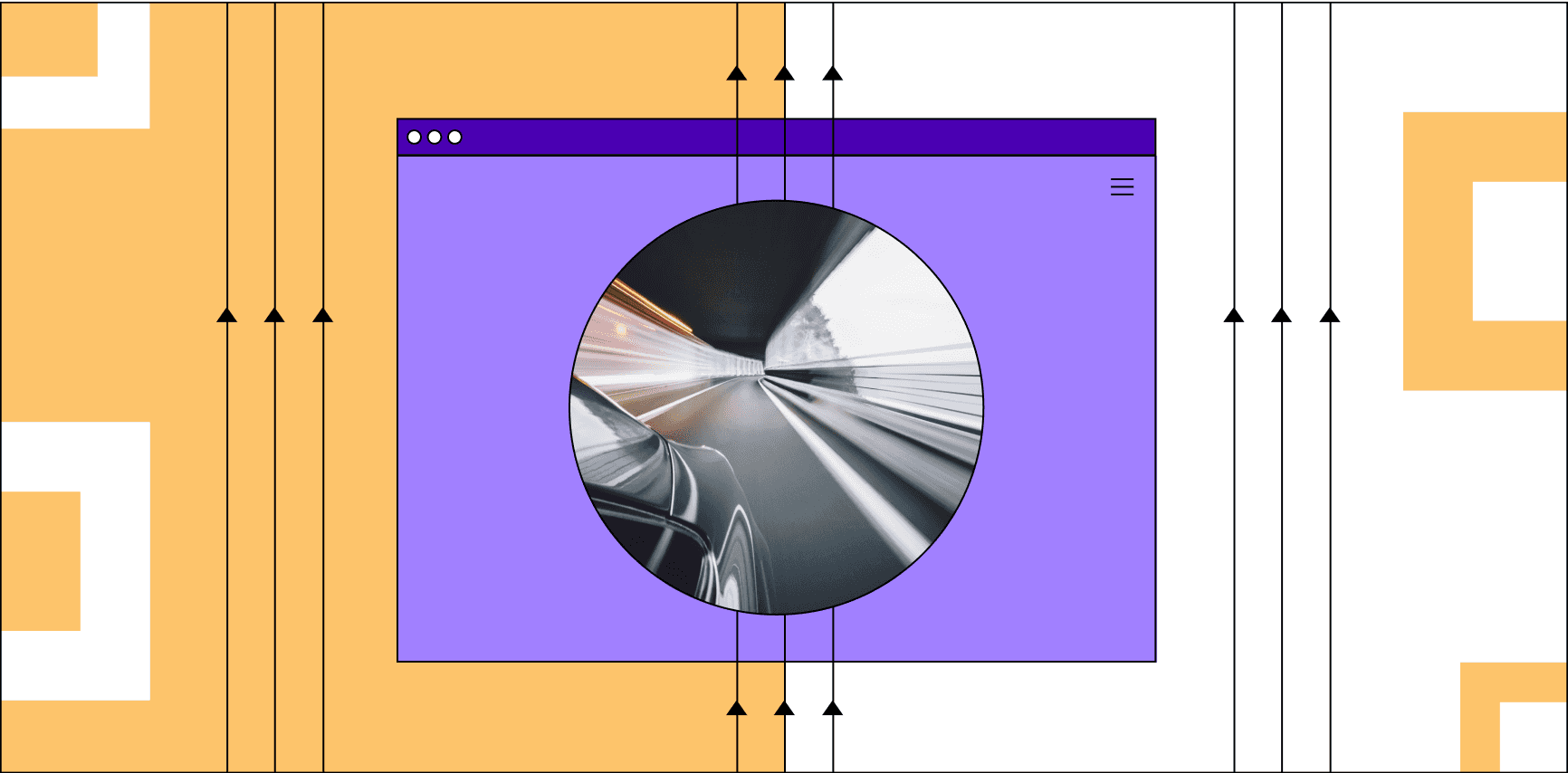
Optimizing your website for speed shouldn’t be an afterthought. Build your website with speed in mind.
Choose your host wisely
Some shared hosts make unrealistic speed promises, and when you complain that speed is affecting your sales, they’ll encourage you to upgrade to a new plan at a significantly higher price.
If you aren’t a tech whiz or can’t devote a ton of time to website upkeep, you’ll benefit from the deft hand of a managed hosting provider.
Nexcess offers managed hosting plans specifically optimized for ecommerce website performance and supports platforms like WooCommerce and Magento.
For ecommerce store owners ready to level up, enterprise hosting offers even greater performance, scalability, and customization.
Leverage caching to maximize response speed
Caching saves frequently used static content so that it can be easily accessed by your website visitors.
With content that remains the same for every website visitor, it makes sense to leverage caching so you can serve this content up to customers without delay.
Some web hosts can help with caching, saving you the hassle of seeking out external solutions. For example, Nexcess includes Object Cache Pro in all WooCommerce hosting plans.
Employ PHP workers for uncached requests
Ecommerce checkout pages are not generally cached because they contain dynamic content. Because this type of content is unique for each user, it doesn’t make sense to cache it for future use.
If your website is built using a PHP-based platform like WordPress or Magento, make sure your web host gives you access to plenty of PHP workers.
PHP workers are background processes on the host server. They improve your website’s speed and help make a seamless customer experience at checkout. If your hosting plan provides PHP workers, it solves this ecommerce challenge without much involvement from you.
Use a content delivery network (CDN)
A CDN is a geographically distributed cluster of servers that hold cached data. If you use a CDN, your website’s visitors will be sent data from the server geographically closest to them.
This speeds up website loading for visitors and has many security benefits.
The Nexcess Edge CDN powered by Cloudflare has over 280 locations. Whether your website visitors are in Seattle, Sussex, or Singapore, they’ll get content delivered from the server closest to them.
Monitor the plugins your website uses
The plugins you’ve chosen to improve the appearance and functionality of your website can sometimes reduce your ecommerce website’s performance. Whether a plugin is an essential feature of your website or simply to provide a visual effect, there’s a chance the software has a negative impact on how fast your website runs.
All Nexcess WooCommerce plans come with a free Plugin Performance Monitor that figures out which plugins are affecting your website’s performance.
Make sure your website loads fast on all major devices

Having a mobile-friendly ecommerce site is important because many internet users use their smartphones to shop online. StatCounter reports that over 59 percent of web traffic came from mobile phones in 2022.
Your ecommerce website will look different on a mobile phone screen than it will on a computer screen. What’s more, your website’s performance may change depending on the device used to visit it.
Optimize content for faster loading on ecommerce websites
Product images and other website elements should be optimized to ensure they don’t hamper your website’s performance. This might involve minimizing code or altering how users see your website’s content.
If your website visitors appreciate high-resolution product images and videos, you don’t have to sacrifice your ecommerce website’s performance for it.
With all hosting plans for WooCommerce, Nexcess provides TinyPNG bulk image compression to ensure images load quickly while maintaining high image quality.
Be prepared for high-traffic periods
A sudden jump in traffic to your website may seem like a good thing, but if you aren’t prepared for the spike, it’s an ecommerce challenge. Your website may experience drastically reduced performance or crash under the strain.
Whether you’re running a Cyber Monday sale or your product is mentioned by a thought leader, your website must be able to handle upticks in visitors.
If you’re on a shared web hosting plan and your website sees heavy traffic, its performance will likely suffer, and your bounce rate could spike.
Choose a web host with scalability at its core. Nexcess managed hosting ecommerce plans can handle high-traffic periods because of features like autoscaling.
Regardless of the size of your business, a dedicated server could serve you well in the long run if you’re expecting high levels of traffic.
Nexcess Enterprise plans feature dedicated servers and a personalized, scalable approach to hosting that goes above and beyond what standard hosts provide.
How to choose a hosting plan for optimal ecommerce website performance
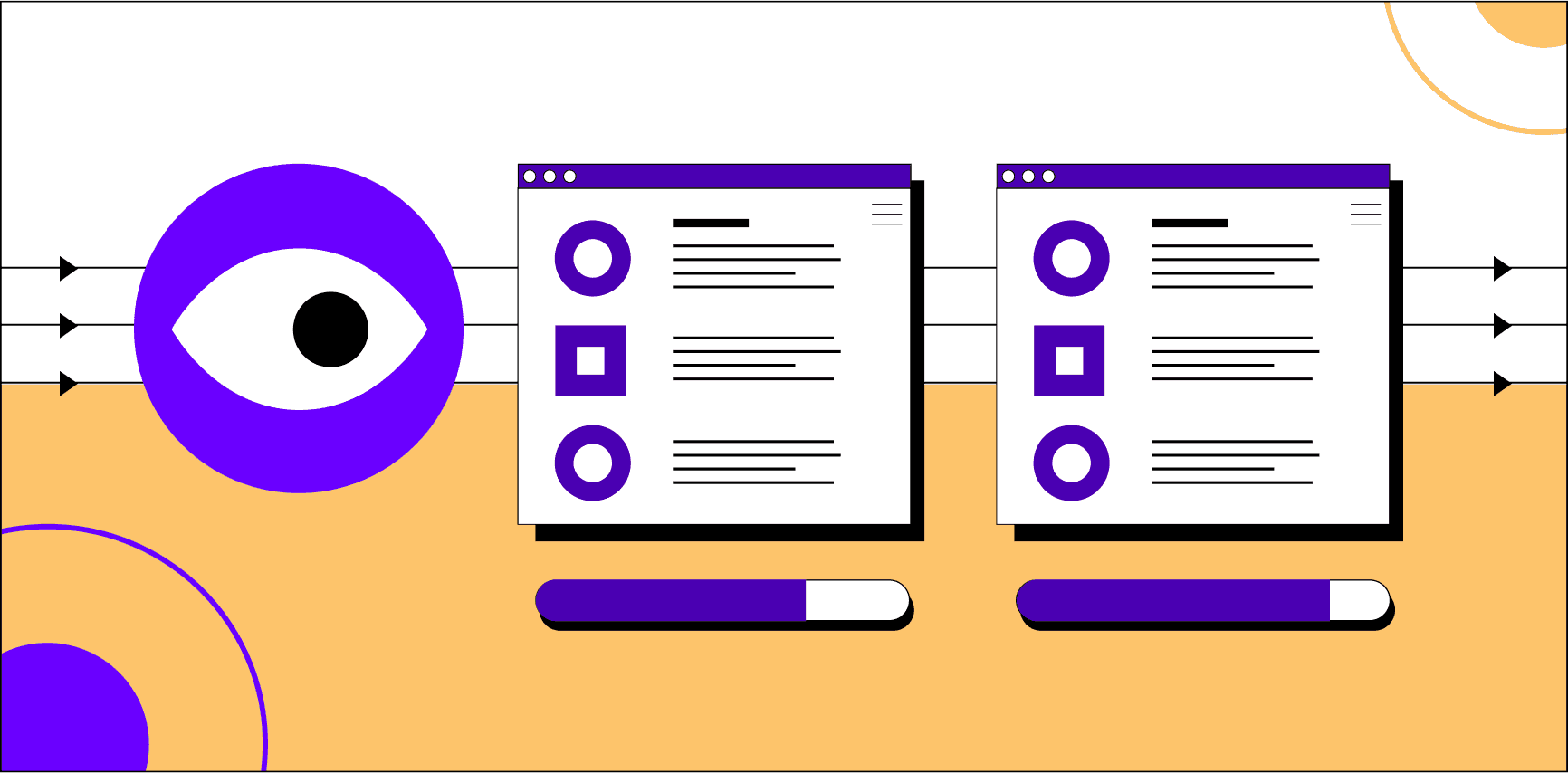
You now know why ecommerce website performance is important, how it can be measured, and how it can be optimized.
Apply this knowledge by choosing a web host that enables the best performance for your ecommerce store.
Here are some questions to make your decision easier:
Does the host provide ecommerce hosting?
Make sure your host has tailored plans for ecommerce websites. Most hosts are compatible with basic ecommerce but they aren’t designed around optimizing ecommerce.
It’s a good idea to check if the host’s ecommerce plan features are robust or sparse.
A good ecommerce host will give you nifty extras like analytics for add to cart buttons and cart abandonment.
Do you want shared, managed, or dedicated ecommerce hosting?
For hobbyists and bloggers, shared hosting might do the trick. But if you’re an ecommerce store operator who anticipates high traffic and sales, you certainly don’t want customers waiting around for a webpage to load.
Fully managed enterprise hosting from Nexcess helps you take your ecommerce store to the next level. The hosting is tailored toward solving ecommerce problems and the unique needs of enterprise-level businesses.
Do you want scalability for future business growth?
Many shared hosts provide a reasonable hosting service at a cheap rate, but when you need to upgrade your hosting plan as your business grows, problems can arise.
Before you sign up for shared hosting, take a closer look at some of the unlimited offers. The fine print will usually have caveats making those unlimited features very limited.
If your ecommerce business is booming, the last thing you want is a web host that stunts your growth.
Nexcess hosting solutions are built to scale, so you can expect predictable, reliable performance during times of unprecedented growth.
Do you want customer support?
Many hosts provide tiered support options for different plans. If you opt for a shared hosting plan, you may find that support options are limited and wait times are long.
Choose a host that provides tier-free, always-on support from a team of experts on ecommerce hosting. The support team at Nexcess can help you fix performance issues and optimize your website for speed and security.
In addition to live support, the extensive Nexcess knowledge base is regularly updated with content that helps you amp up your ecommerce website’s performance.